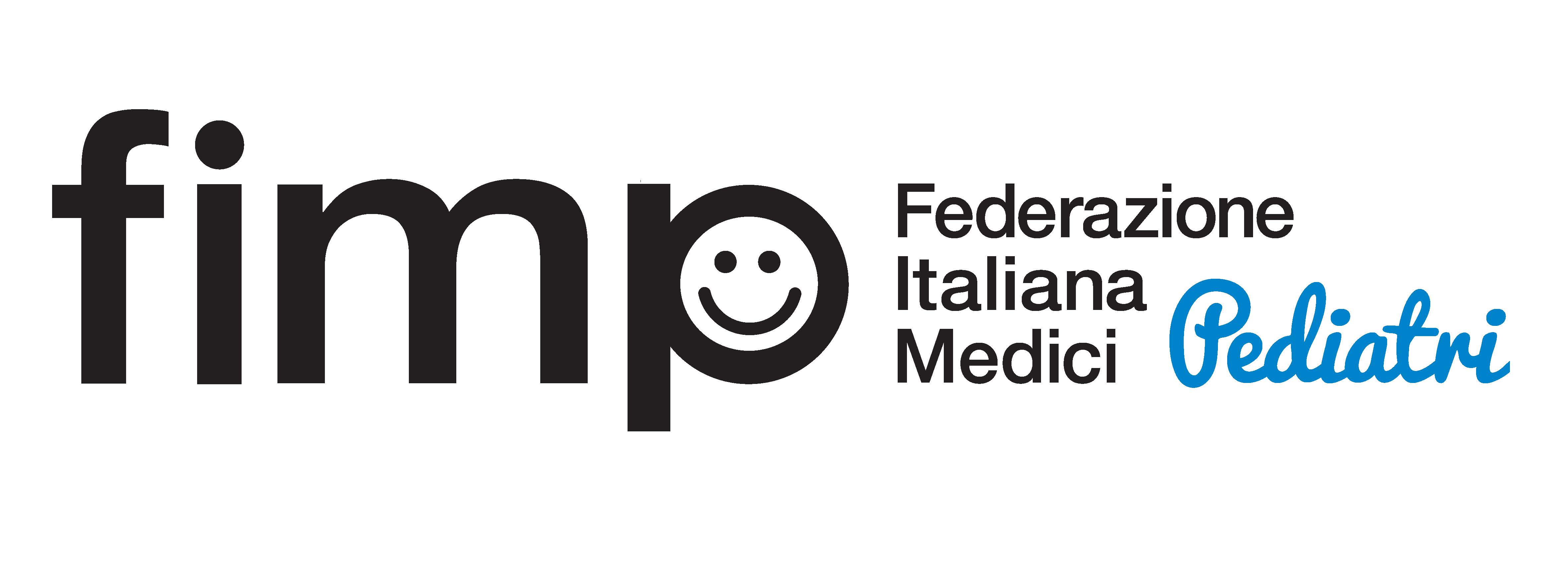
by Valeria Confalonieri | Nov 13, 2018
Very often topical therapies through micronized nasal shower or other nebulizers are prescribed in order to treat upper-respiratory tract infections (particularly otitis, rhinosinusitis, adenoid hypertrophy, rhinopharyngitis, etc.). In most cases the use of...

by Valeria Confalonieri | Nov 13, 2018
Corticosteroids have a strong antipyretic and anti-inflammatory effect. However, their use must be reserved to conditions in which the severity of the anti-inflammatory response threatens the child’s health. These drugs must not be used for treatment of a child with...

by Valeria Confalonieri | Nov 13, 2018
Paracetamol and ibuprofen are the first-choice antipyretic drugs. Fever needs a pharmacological treatment only if and when it causes malaise and/or it is accompanied by pain. Antipyretic drugs must not be used with the only aim of decreasing the body temperature of...

by Valeria Confalonieri | Nov 13, 2018
Urine culture has to be performed after having a urine sample checked for the presence of leucocytes and/or nitrites, with dipstick, or by microscopic urinalysis, and in some special cases, together with urinoculture. In the absence of a pathologic multistick test or...

by Valeria Confalonieri | Nov 13, 2018
Bronchiolitis is the most common infection of the lower respiratory tract in children less than 1 year of age. It is caused by a virus, the most common is respiratory syncytial virus (RSV). Most of children affected by bronchiolitis usually heal spontaneously. Despite...








Recent Comments